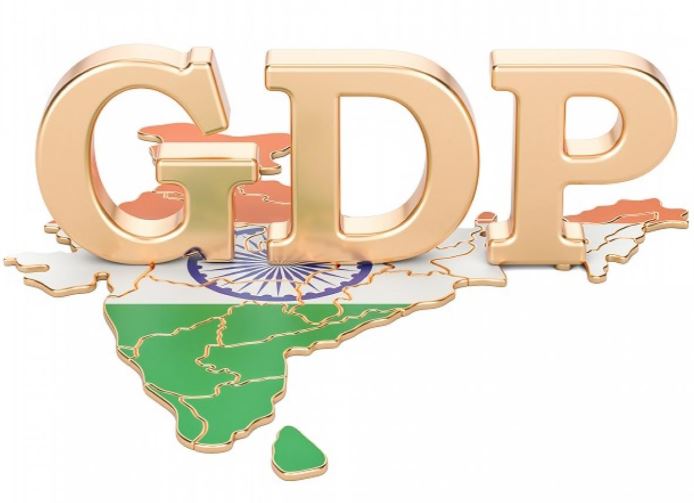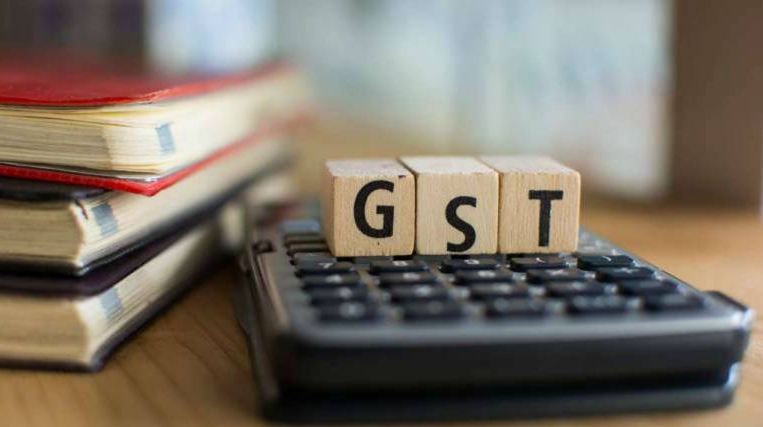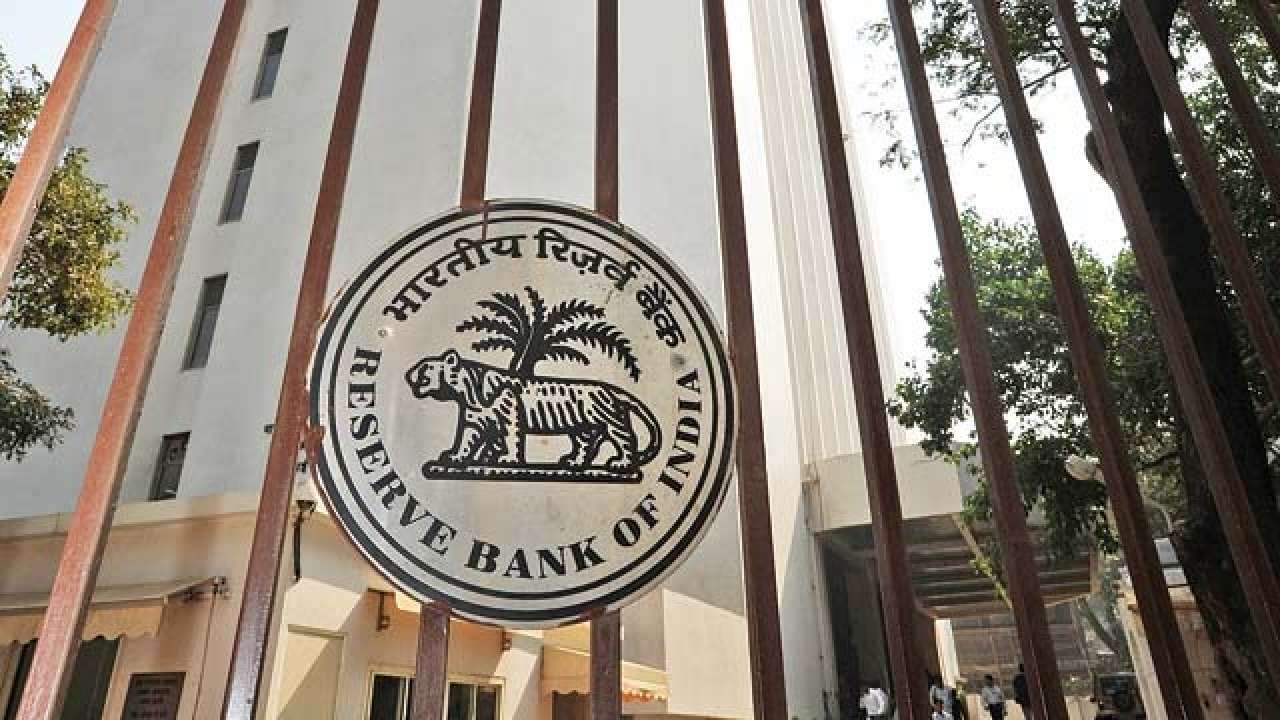By Prof Ujjwal K Chowdhury

It is now widely known that the Indian economy has posted around 5% growth in GDP in the last quarter and the projections are bleak for the next three quarters of this financial year. SENSEX was 800 points down on Sept 4 and NIFTY 2% decline, worst fall of 2019. Some 8 core areas like power and steel posted 2.1% growth in the last quarter. Slowdown was evident over last 6 quarters but not recognized or highlighted in an election year so far.
News reports are spelling doomsday from various frontiers. Just a sampling from a thousand stories floating around: SBI, India’s leading banker claiming to be Banker to every Indian, is mulling over banning or restricting use of ATM cards and switching to an App to withdraw money, which basically heavily restricts withdrawal of money in general as two on three Indians do not have smart-phones for App. Reliance has a Jio loan of Rs.1.5 lacs crores from banks and Airtel has Rs.1 lac crore similar loan. Even the interest on PF funds used by the government in the last two years are paid yet. Nearly 5000 linesmen of BSNL are not paid salaries for 6 months now. Nearly 13 lacs ready apartments stand unsold in 30 top cities of India. Maruti of NCR and Tata Motors of Jamshedpur have announced closure of their plants for some time. Vehicles worth Rs.56,000 crores are standing unsold across India. And thousands of auto showrooms have downed their shutters and informed banks that they cannot pay back their loans for now. Truckers’ Association noted 50% depletion of fleet leading to nearly 13 lac people being unemployed for some time now. Videocon is closed and MoserBaer owner is in jail unable to pay back loans. The textile mill owners have even advertised about the recession in their sector and their inability to pay vendors and banks! Six lacs of army men in Kashmir in an extra ordinary situation is having a huge drain on resources. Restaurants, hotels, even sale of soaps and biscuits: all have reported a sharp decline in sales, and thereby lower GST for the government. Government wants to sell some of its assets. But buyers are rate. Air India has been attempted thrice to be divested but no closure yet. And as a final resort of sorts, government has withdrawn Rs.1.76 lacs crores (24 billion USD) from RBI, without stating reasons though, the highest amount by any government in the world from its central bank ever in history of mankind (the only other close one being USD 19 billion by US for transportation overhaul). The NPAs with the banks, 90% being of public sector banks, now stand at 9 lacs crores.
Economist Arun Kumar argues that actual growth rate of India could be close to 0% for a few quarters now, as government did not recognize the crisis in the unorganized sector post demonetization and massive job-loss. Delayed recognition of slow-down, and bad decisions like surcharge on foreign investment in the last budget (now reversed after flak) have worsened the already bad situation. Organized sector is seen affected now, while the unorganized sector was suffering for long affecting the informal economy and daily wage workers across India.

One can go on and on about the symptoms of a sure slowdown and a possible recession if this continues for four consecutive quarters. Economists and analysts have termed thoughtless demonetization of 2016 which overnight declared 86% of India’s currency illegal, and the messy implementation of GST thereafter which brought in a five layered central taxation in the name of One Nation One Tax which later rectified itself to an extent, as reasons for the current mess. Cash gone out of hands has surely resulted in the virtual death of the informal sector which is more than half of the total GDP and that surely is a major reason for the current mess.
After being the fastest growing economy of the world several times intermittently in the last one decade, we are now behind China, Indonesia, and even Sri Lanka, Nepal and Bangladesh in GDP growth-rates.
But where do we go from here?
Notwithstanding the reality on ground being a decline from 8% in March 2018 to 5% in June 2019, the government is grandstanding with a goal to make the current Indian economy of USD 2.7 trillion into USD 5 trillion by 2024, which actually needs nearly 10% growth-rate, double of what it is today! Just to give a contrast, India’s per capita today is around USD 2100, while that of Indonesia is USD 3,900, China is USD 9800, South Korea is USD 31,000 and of US is 62,600.
A common refrain is global economy is facing recession given US-China trade-war, tension in the Gulf, political tensions in Hong Kong, and Brexit uncertainties in Europe. Right. But the recession is being talked about, has not hit yet, signs of slowdown are there. India is already 3% down in GDP over just 15 months. Around 68% of Indian GDP is domestic as against 39% of Chinese GDP. So India is more insulated from global economic influence in comparison to China which is now at 6.6% growth-rate. Worse still, Indian growth, though muted, is basically a jobless growth with a 45-year high in joblessness in 2018.

RBI’s diagnosis is slowdown is cyclical, and hence its prognosis is four times interest rate cuts in 2019 itself to pump liquidity into the market. Four times itself shows market has not responded as expected. RBI has asked for structural reforms in the economy for higher ease of business.
The response of the government so far has been: withdrawal of RBI reserves, merger of government banks, some tax breaks specially on car purchase, foreign investment eased with abolition of the new surcharge, depreciation allowances given, etc. But most of these reliefs are for mid-term to long-term, their results will be reaped by the economy beyond the next 6 to 8 quarters.
What is needed is relief for the next two quarters, and that takes us to the demand side of the economy, and not the supply side which already has a glut in the market. To boost demand, particularly in the festive season ahead over the next quarter, people need money in hand through bonuses, cash schemes based on means, more than 100 days jobs a year under MNREGA (currently average of 45 days), dearness allowances, tax rebates to small and medium enterprises, ease in filing lower GST, loan waivers for the poor farmers, price protection or government buying of farm produce, etc. These will allow extremely poor to middle class come back to the shops, will be an immediate succour to boost the demand side of the economy.

When we look at figures and reports, we often forget the jobless youth standing at a crossroad to get a daily wage and the marginal farmer standing with his produce but without a buyer. We forget the drivers of trucks and cars laid off as vehicles stand still, and maids and helpers laid off as their employers go down in real income. These are the people who need the support today. The wheel of the economy runs on their shoulders. Big ticket projects can wait, the hunger in their homes cannot. No amount of camouflaging with Pakistan, Kashmir and Muslims etc can bring the vanishing rice and roti on their plates.
The author is a noted media academic and columnist, and is currently the Pro Vice Chancellor of Kolkata based Adamas University, and earlier the Media Dean of Symbiosis & Amity Universities, Whistling Woods and Pearl Academy.





























